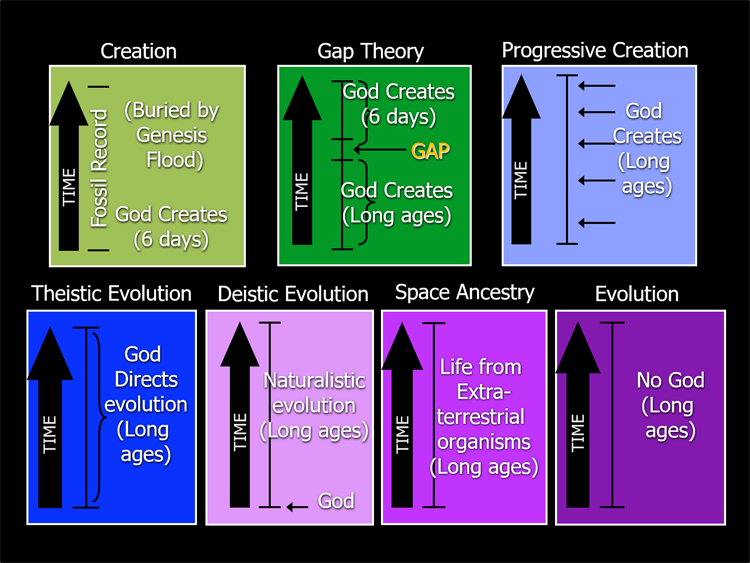The Seven Models of Origins
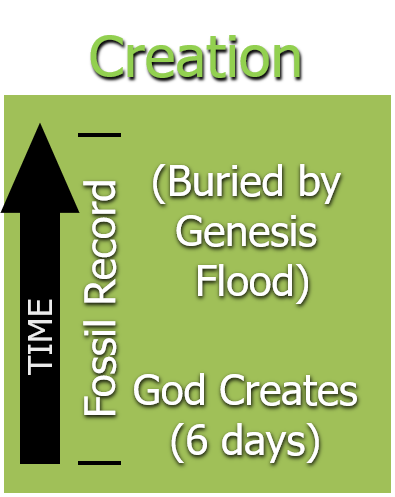
The first model of origins is a recent (as in 6,000 to 10,000 years ago) creation by God. We can call this a Biblical model, which in America has been traditionally the most favored. A 2017 Gallop poll had 38% of Americans holding this view. There would be no macroevolution in this model. The worldview that colors this perception has a high view of inspiration and God’s ability to preserve an accurate record.
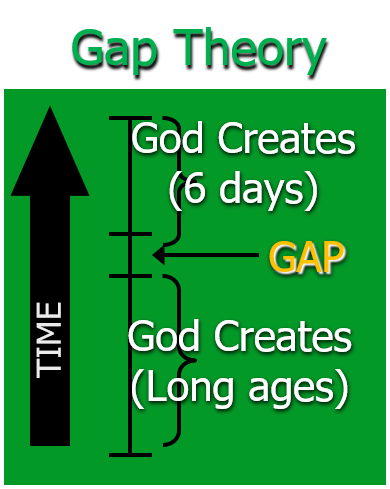
The second model of origins is one of two (or more) creations, separated by long ages. In this type of model God created life long ago, perhaps millions of years ago. This was the age of dinosaurs. This age ended, followed by a gap of time. And then there was the more recent six day creation of Genesis. Again, no macroevolution is in this model.
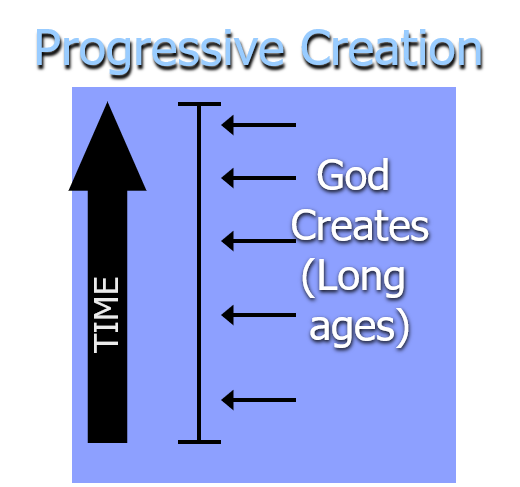
Progressive Creation is another attempt to harmonize the Biblical record with millions of years. In this view God creates at various times in earth’s history. There is no evolution in this model. Again, this view would have a lower view of inspiration and God’s willingness or ability to preserve an accurate record.
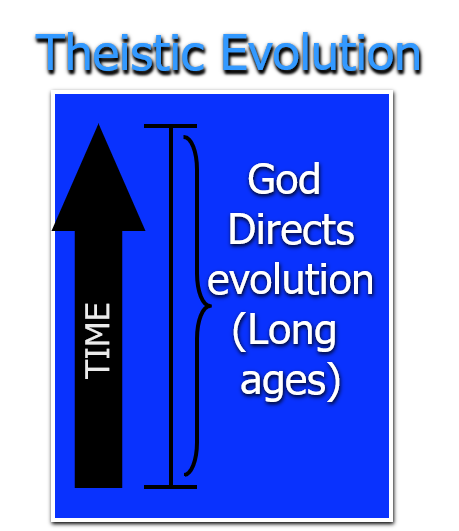
Theistic evolution’s model also garnered 38% of Americans’ votes in the 2017 Gallop poll. This can be summarized as “Darwin was right, but God is doing it.” Thus God creates species via millions of years and death. High views of both religion and science attempt this compromise. A number of denominations now believe this, including the Roman Catholic Church (based on two encyclicals from popes).
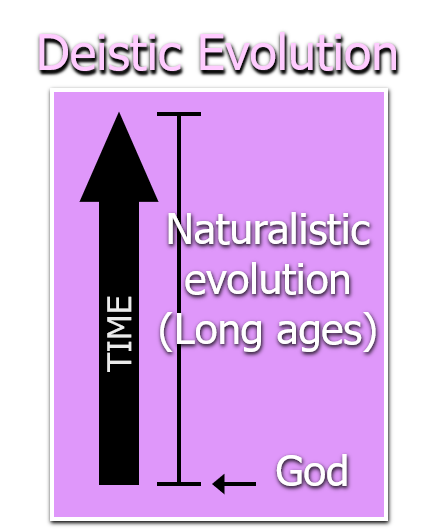
This view also is an attempt to harmonize religion and science. The model supposes God as the Originator of life, but once started, life has evolved on its own. Again, the image of God is one where He has intended death as part of His plan for man and all of the creation. Plus “deism” believes that God is no longer involved in the world today.
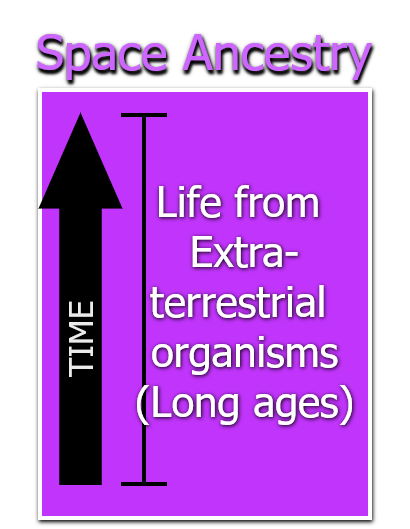
This creative model on origins (pardon the pun) attempts to solve the question of whether there has been “enough time” on earth for life to have developed by theorizing it had begun somewhere else. It then came to earth either via asteroids or space aliens and took root here to evolve. Nobel Prize winner Francis Crick believed this.

This like the last model of space ancestry would be all-natural models, not requiring the need of a creator. This assumes a natural explanation of life and that life species have changed over hundreds of millions of years by chance into their current forms. This view was held by 19% of Americans in 2017. For most of the 20th Century that number hovered around 10%. Atheism is becoming more popular, especially among the young and those who have had exposure to secular universities.
In summary, these views depend heavily upon a person’s worldview. That view would include concepts of God and concepts of man (and popular science). Our view at the Creation Study Center maintains a very high view of God as Creator…that He is competent (able to relay to us a historical record of beginnings) and He is caring (knows we would want to know).
